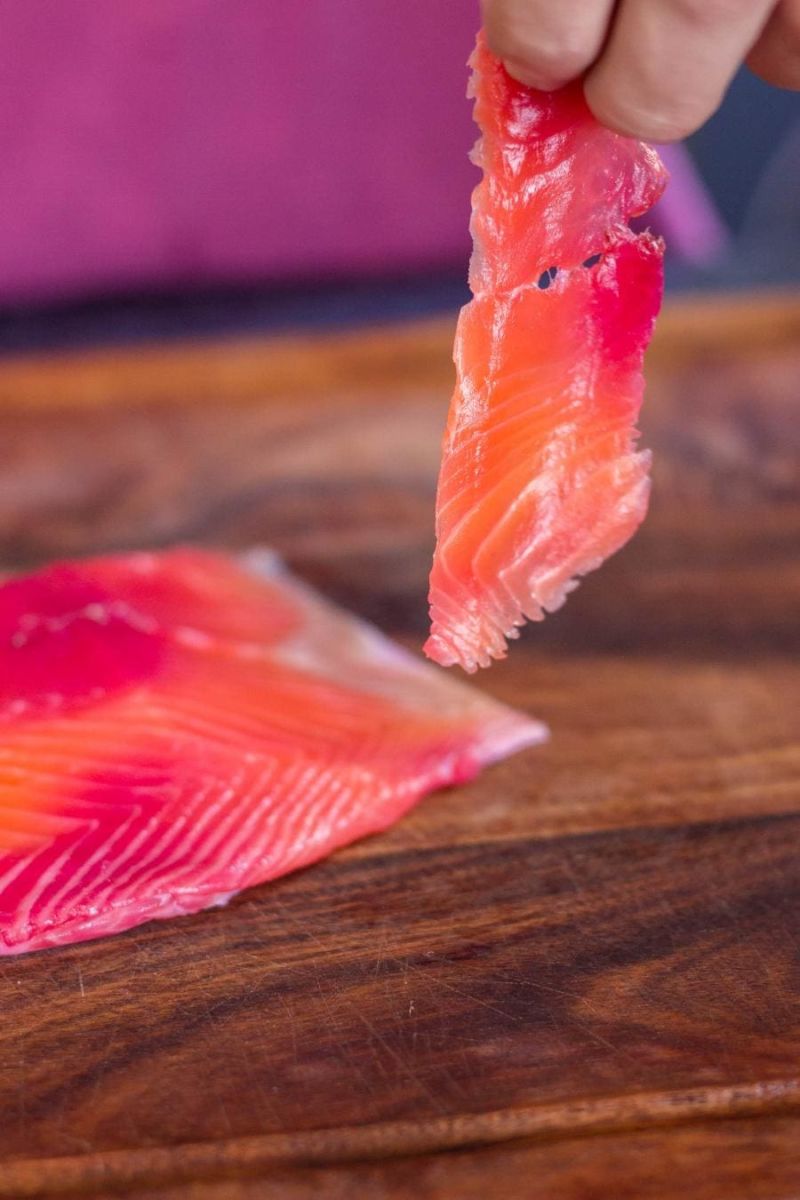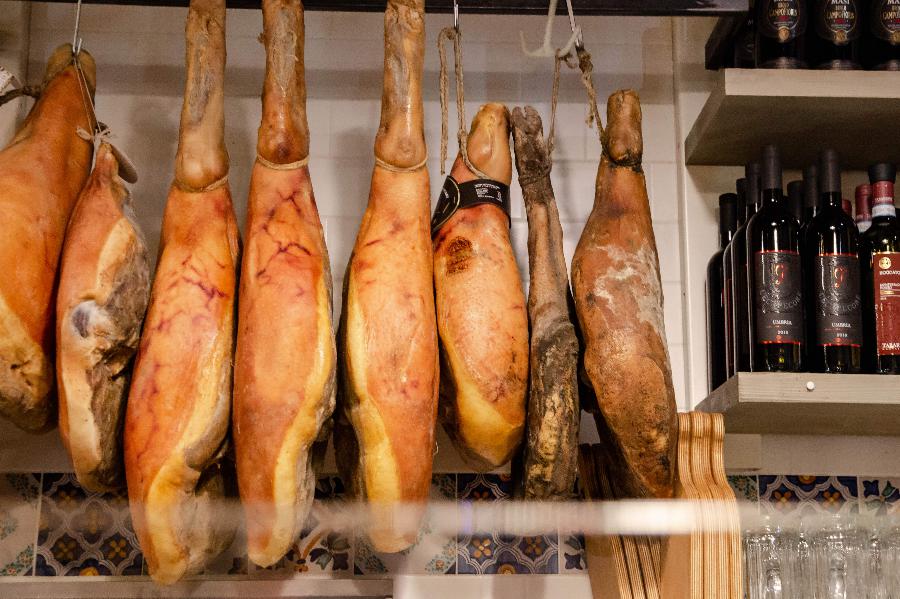Table of Contents
- Factors Why Charcuterie is More Expensive
- Charcuterie & Shortcuts in Production
- Intensive Farming vs Free Farmed
- Intensive, battery, free-farmed, free-range, biodynamic & pasture-raised
- Popularity of Charcuterie
- Putting Charcuterie (or Food) Inside Your Body
- Factory Food vs Local Small Produces
- Expensive Vs. Cheap Charcuterie
- Is Making Your Own Charcuterie Cheaper?
For decades, immersed in studying, working, learning, and teaching in the craft of meat curing, now sharing his passion with you through eat cured meat online resource.
Charcuterie is an expense—well, the stuff you buy is. It’s now a broad term covering anything from cured meats to rillettes and bacon.
Quality Charcuterie is expensive due to the increased welfare of animals, better diets, and non-intensive farming practices. It can take months or years to make quality charcuterie rather than days or weeks for quality cured meats.
Quality dry cured meats take months to make with well raised animals, not all charcuterie is produced this way. Commercialisation has at times lost the passion for quality that is essential to the home or artisanal producers.
For over 25 years, I have been making and buying charcuterie, dry-cured meats, and salumi from all over the world – and I’m still reluctant at times to ‘invest the money.
I’ve been lucky enough to travel to many countries and spend months and months in Italy, seeing how all the Italian charcuterie is made.

So why should you invest in charcuterie?
Sometimes it could be a bit overpriced why the charcuterie is very expensive, and sometimes it’s justified through my eyes.
I will try and cover the factors that I see that increase the cost, overheads or expenses that make quality charcuterie a higher price and more expensive.
Factors Why Charcuterie is More Expensive
- The time it takes to cure & dry meat could be months or years.
- Fresh and cooked is simple – cured, dried, maybe smoked is much more complex (i.e. good mold/penicillin growth, acid pH control, and environmental chamber sometimes to help dry effectively)
- The quality of meat and how it’s raised are often better (not always); therefore, it costs more to look for quality meat to feed the animal better and let it grow naturally (small production can achieve this, large corporate production can not).
Charcuterie & Shortcuts in Production
When we’re talking months and years, we generally are talking about traditional dry-cured meats that are made all over Europe, such as prosciutto or culatello (link to how cured meat is made I wrote).
Pancetta, Braesola, Lonza, Lardo, Guianciale for example
By forcing salt into the meat, you can cure the meat faster and speed up the process -some factory production techniques use this. Many hams produce use this to quicken the process.
This is in contrast to traditional dry-cured prosciutto ham, for instance, which takes a month or two for the manual master hand salt rubber (honored trade in Italy) to do the work and a minimum of nine months of drying time.
As you can imagine, this can’t sell for one year and sometimes up to five years, which carries expenses during this drying time.
The traditional art of cold smoking, which falls under the modern interpretation of charcuterie, takes many hours, if not weeks, to produce.
2-5-year-old professional dry cured meat at intense and complex – it’s a master class – and thousands of years of history have created this epic food.
In contrast,
I got a tour of a commercial butchery, and it had a $200,000 cold-smoking machine. Normally cold-smoked meat would take 20 to 30 hours, this machine could do it in 30 minutes. Using a pressurized system of some sort is not going to get technical.
But it’s another shortcut.
There is another older technique for making dry-cured or brined bacon a lot faster in the factory. I’ve read about how they, in the past, used to pump the meat full of nitrates, way more than what is considered a safe level, this means the curing is fast and they can get it onto the shelves a lot faster.
Another sneaky shortcut that you’ll find in many supermarket foods, especially when there is a lack of passion or interest in what they are producing to sell.

Suppose you look at the story or trace the history of how the food came to sit on your plate or be in front of you. It can give you an idea of how an animal is being treated or how healthy the soil was that crewed your carrot.
Salami also gets many shortcut treatments and is a bit of a commodity. The video below starts with an interesting little taste test blind comparison of salami, explaining cheap vs. expensive.
Intensive Farming vs Free Farmed
Intensive, battery, free-farmed, free-range, biodynamic & pasture-raised
These are just some categorizations of how animals are farmed. Nearly all the chickens that are farmed for eggs and meat in the world are still battery chickens, which means they are squeezed together, they really have no room to move, often developing a lot of health conditions, and of course, they have a crappy life.
These methods are used due to the world’s demand for eggs. I’m specifically talking about artisan small-production charcuterie.
It takes a lot longer to produce the meat, and hopefully, the animal has a much more pleasant life – that costs more money.
Now, there is some legislation around the world regarding free-range, but it’s debatable from what I’ve seen and read; some aspects are just ticking boxes.
You can let an animal out for an hour or two a day and stick it back in lock-up, categorizing it as free-range (free to range for 1-2 hours). Free-range also means the animals need a minimum space measurement in their shelter area.
It, of course, depends on which country we are talking about, but then every country’s majority of the bulk food, especially produced meat, is a bit commoditized.
So, good charcuterie is like the opposite of a commodity, and hopefully, it will be cherished and appreciated. It’s not a transaction or such a simple formula; it also can’t be done consistently across the food chain on massive scales.
Popularity of Charcuterie
I tried to elaborate on another post all about the popularity of charcuterie, I think it all relates to the whole slow food movement as well. Since cured, charcuterie is like the slowest food around.
It completely polarizes the idea of fast food, which is all about nearly forgetting where the food comes from—focusing on convenience and speed (apart from the movement of quality food trucks around).
Charcuterie is based on old-world ideas; dry-cured things like authentic pancetta and prosciutto are about preserving as much flavor as possible, which was a necessity before modern refrigeration was invented.
Dry curing meats sometimes involves a high level of complexity and some mystery. Some aspects of penicillin involve natural good bacteria on the surface of the meat to protect it. Changing the acidity pH so that you get a safer salami, an aspect that is not involved with straight fresh food that’s cooked.
People are looking for a challenge, and charcuterie, especially making it at home, can be incredibly rewarding and fun.
Putting Charcuterie (or Food) Inside Your Body
I think people get detached sometimes at the current speed of life. I try to remember you are actually ingesting and putting these things inside your body (about thoughtless, meaningless fast food).
Let me repeat that inside your body.
Factory Food vs Local Small Produces
In a previous life, I was an account manager, and sometimes, when on-site, I would go to large food factories, like canneries. It was 1wequite shocking to see the cannery side of things and the aspects of food production from the inside.
Whether it’s a restaurant or buying food in the market – was there passio around producing this food?
This generally sorts out whether someone is proud of what they produced.
Or was the food produced purely for profit and volume?
Expensive Vs. Cheap Charcuterie

The video above is a good indication of getting a comparison between cheap or expensive dry-cured or charcuterie meats.
There is another one he did on bacon, which is also quite interesting.
Is Making Your Own Charcuterie Cheaper?
Here at my blog, of course, it’s all about what you can make at home, here is a link to producing charcuterie in your normal regular fridge in detail.
Here is also a link to some beginner ideas if you want to get into making your own charcuterie as well.

